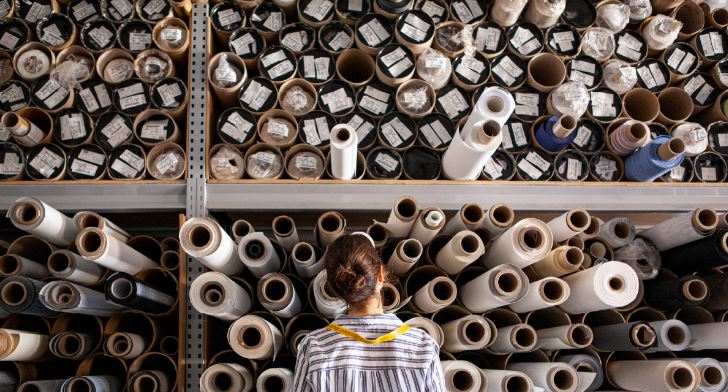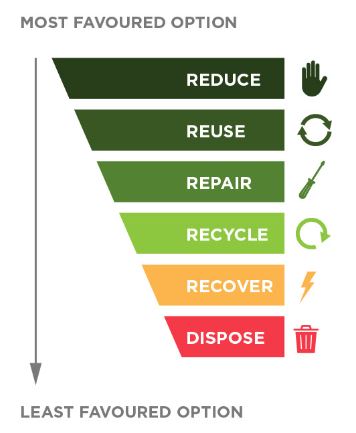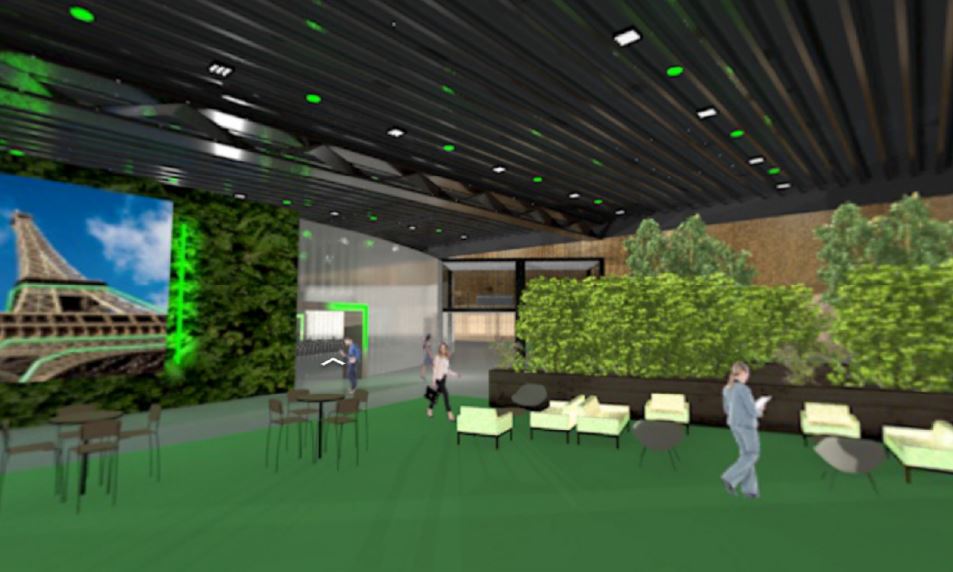Sustainable events. It seems these words are on everyone’s lips, but an area where the industry has still got such much work to do. The production element of any event is often the most environmentally damaging, but this is also the area we can make the biggest change. From understanding the lifecycle of our materials right from the outset through to our supply chain choices, we can look to considerably reduce the environmental impact of our brand experiences.
Increasing the lifecycle of an event with meaningful event production
For The Collective by BCD Meetings & Events, this always starts with our initial client conversations, as this may affect budget, supplier choices and the overall design of the event. If we were to think about every touchpoint from proposal through to de-rig, we have multiple areas to consider.
-
- Preventing landfill through our event design
- Sustainable raw material sourcing
- Supply chain impacts and accreditations
- Minimisation of transport distances
- Protection of event production materials from damage
- Understanding of item disposal, recycling or reuse
Each of the above should be discussed during the early stages of pre-production and at the forefront of Production Managers minds when designing environments. By making every effort to move from a linear economy to a circular economy, we can help to keep production materials at their highest value for as long as possible.
Event materials
Start by considering whether you can give the event materials to the local community. Does the client have charity connections in the event location? Are there local theatre groups, art organisations or schools that might be able to use the items? In particular, elements such as draping, carpet, bar units etc. may be gratefully received by local businesses. Speak to the original suppliers of the materials to see if they have any other events where elements of sets can be re-used. Any ‘re-sale’ contributions could also be made to charity partnerships. Understanding all these options during the planning stage will play a big part in your event design.
Waste hierarchy model
Having teams adopt the ‘waste hierarchy’ in the pre-production stage is great practice.
- Instead of purchase, are hire services available?
- Can the element be re-used for multiple events?
Building a more sustainable supply chain
- Are the inks and finishes they use compliant with recycling requirements?
- Can natural dyes by used where possible?
- Are printing and cutting done to minimise waste and off-cuts?
- When production elements are in use during the event, there are still multiple areas that need to be considered to help increase the lifecycle of the product
- How can the production element be protected from damage so that it can be reused?
- Can it be created without adhesives, to allow for reuse?
- Is the item modular, allowing for replacement of damaged parts?
Originally published Jan 1, 2022 12:00:00 AM
Last updated on Dec 28, 2022 10:59:39 AM



